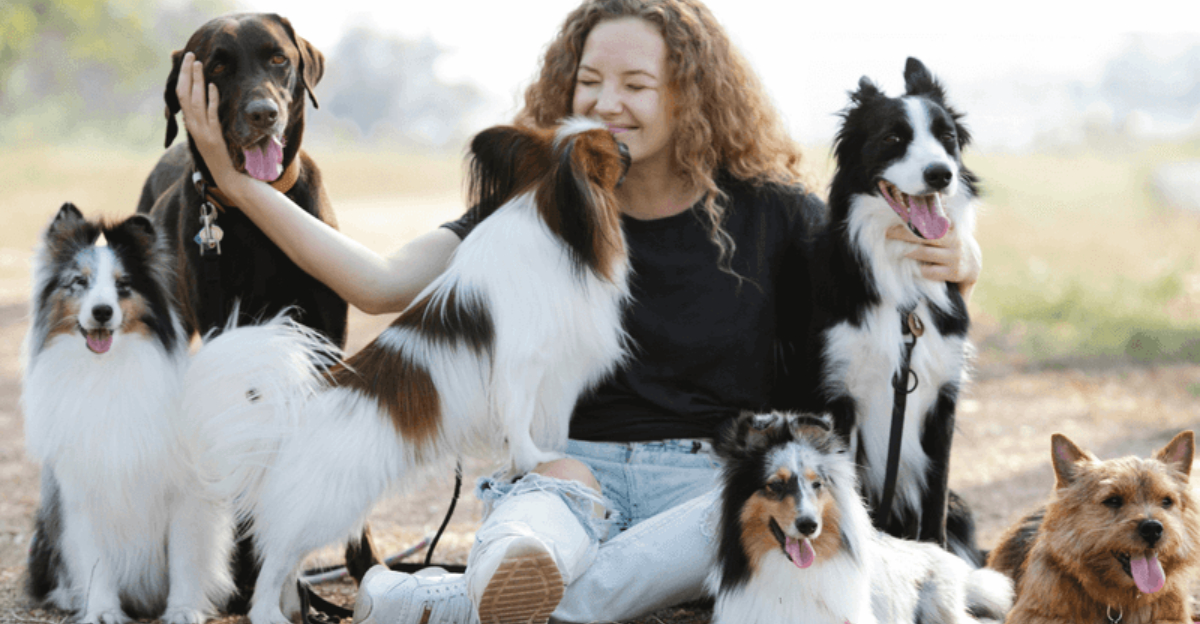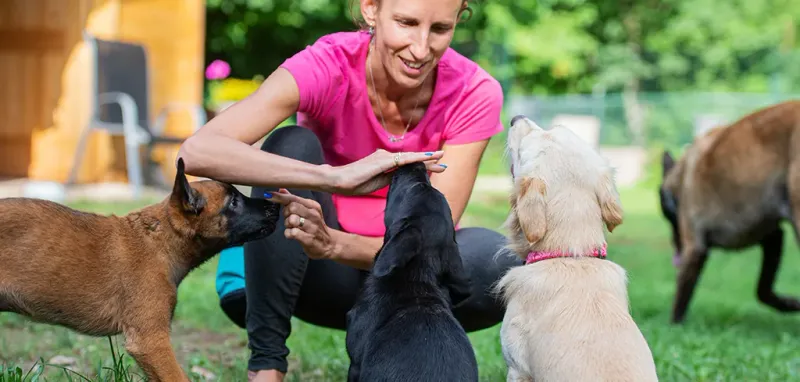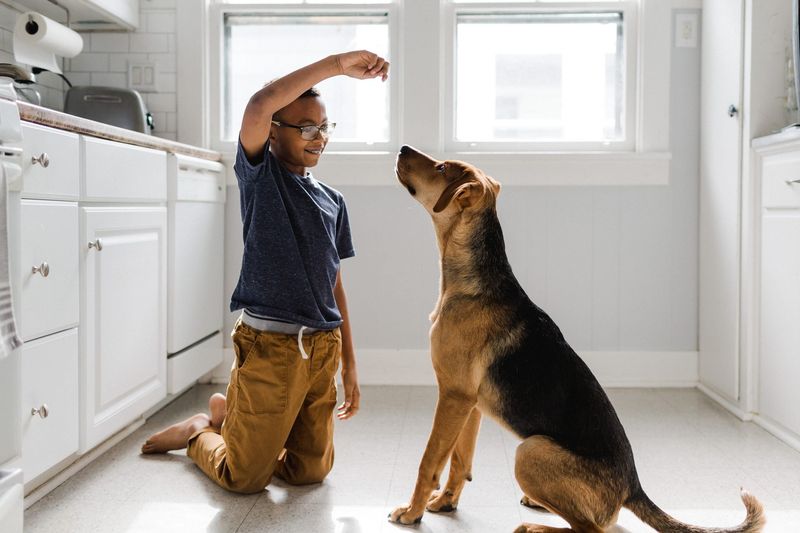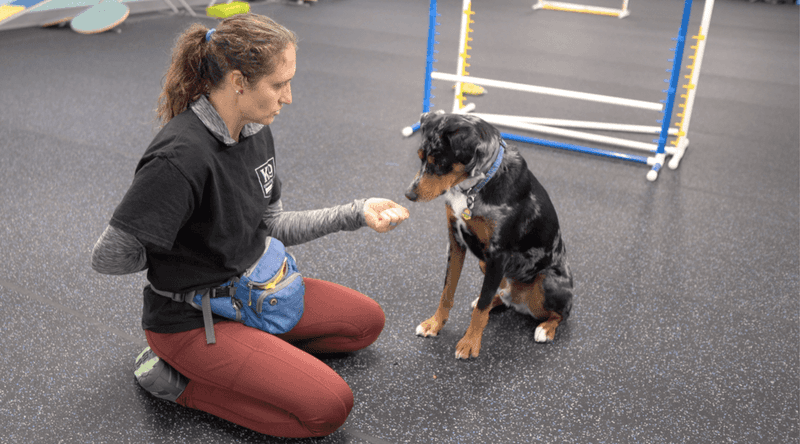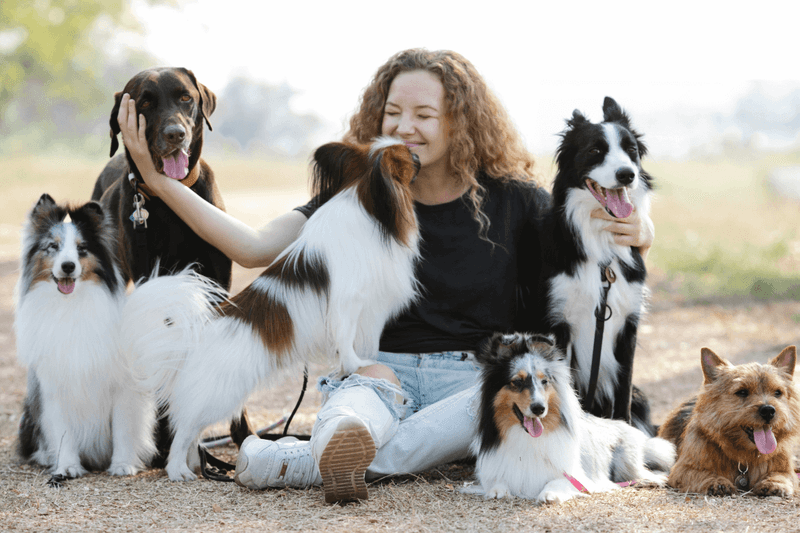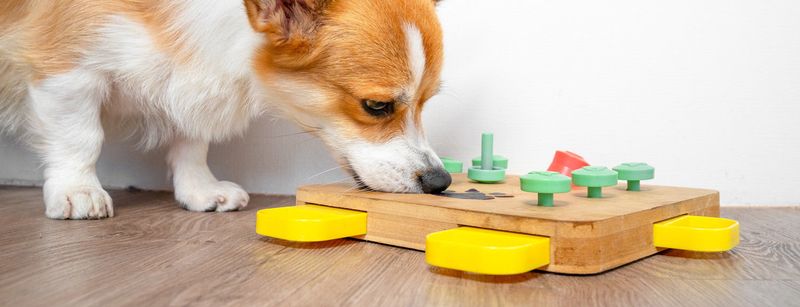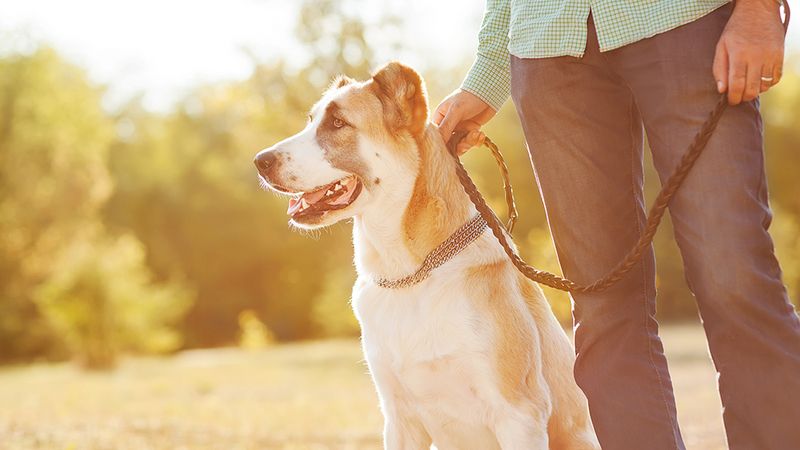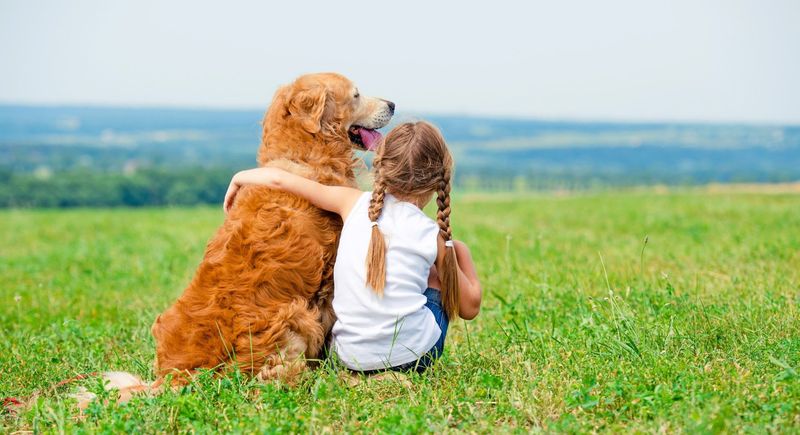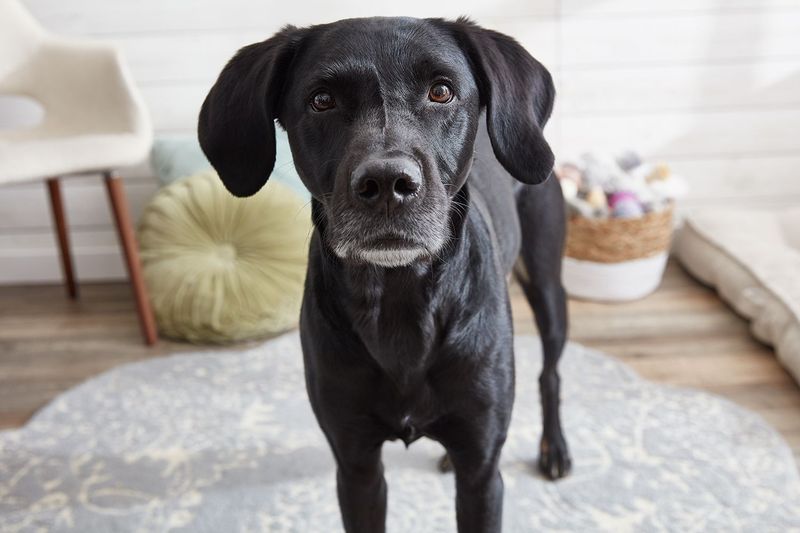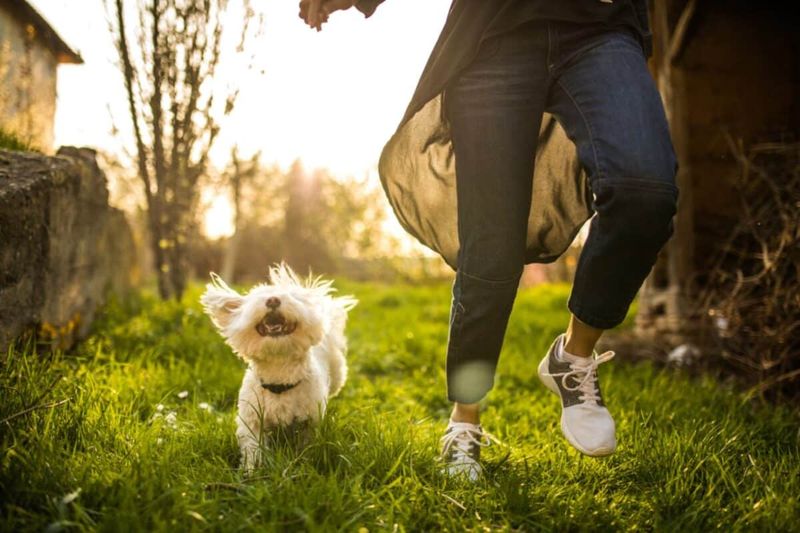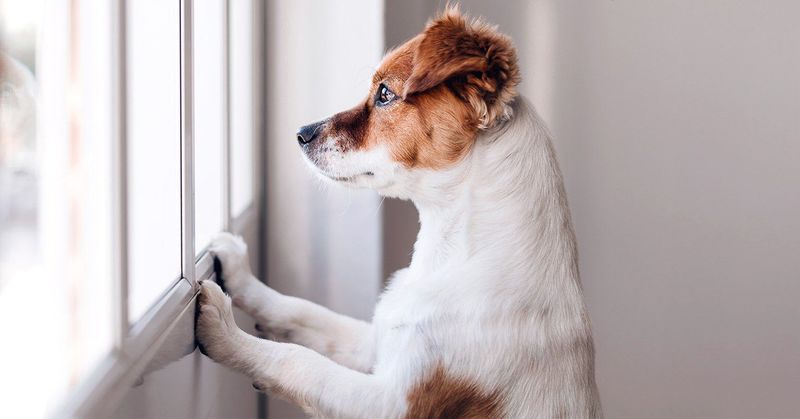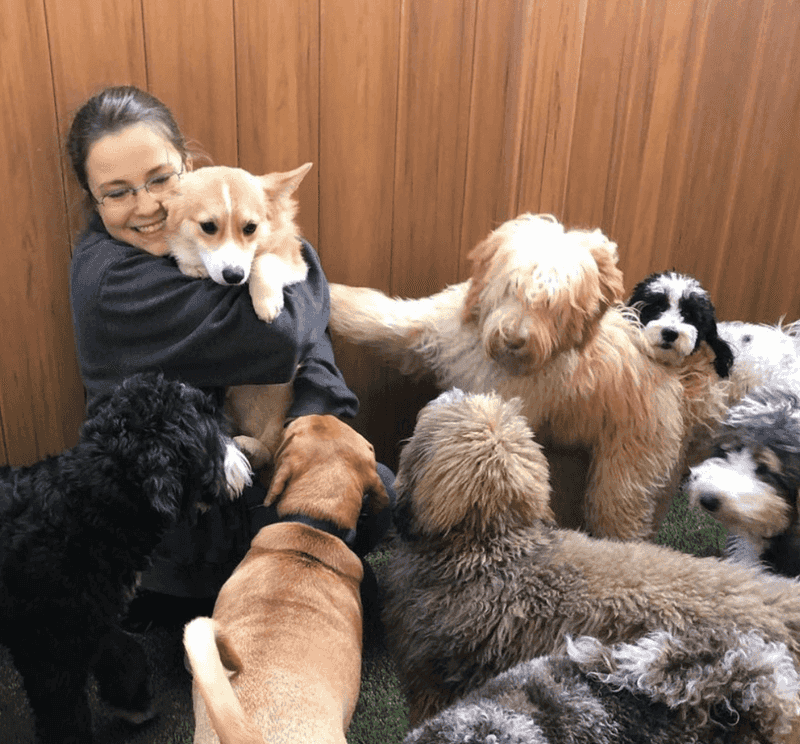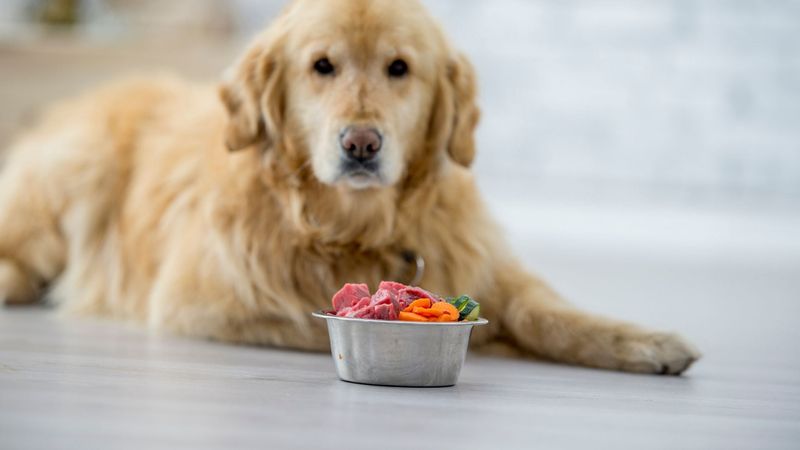Training your dog to be calm and confident requires patience, consistency, and understanding. From socializing them early to providing mental stimulation, each aspect of their upbringing plays a vital role in shaping their behavior. This blog post explores 13 expert tips to help your dog grow into a wonderful companion, offering practical advice and unique insights.
Socialization from an Early Age
Start with socialization from an early age. Expose your puppy to various environments, people, and other dogs. This helps them become familiar with new situations and develops their confidence. Take them to dog parks, bustling streets, and friendly gatherings.
Engaging them in such activities will make them comfortable in diverse settings. A well-socialized dog is less likely to react negatively to unfamiliar things. Consider puppy classes to encourage interaction with peers in a controlled environment.
This exposure helps your puppy understand the world, making them calm and adaptable. Building these foundations early is crucial for long-term confidence.
Consistent Training Sessions
Consistency is key when training your dog. Regular training sessions create a routine that dogs thrive on. Start with basic commands like sit, stay, and come. These sessions should be short but frequent, rewarding your dog with treats and praise.
Use a calm tone and clear commands to guide them. Consistent practice helps reinforce good behavior and builds a trusting relationship between you and your pet.
Remember, patience leads to progress. Training consistently ensures your dog understands expectations, reducing anxiety and boosting their confidence.
Positive Reinforcement
Embrace positive reinforcement by rewarding good behavior with treats, toys, or praise. Dogs respond well to encouragement, making training enjoyable and effective.
Capture the moment your dog obeys a command or exhibits calmness. Rewards reinforce these actions, creating a joyful learning experience.
Avoid punishments or negative reinforcement, as they can create fear and inhibit growth. Positive reinforcement nurtures a dog’s natural curiosity and eagerness to learn, helping them blossom into a confident companion.
Exposure to Various Environments
Expose your dog to different environments to develop adaptability. Take them on city walks, hikes, and visits to pet-friendly stores. Each new experience teaches them about the world, enhancing their understanding and confidence.
Encourage exploration while keeping them safe. Gradually introduce new sights and sounds, observing their comfort level.
Exposure helps a dog remain calm in changing circumstances, reducing stress in unfamiliar settings. It’s an adventure for both owner and pet, building a resilient and self-assured companion.
Mental Stimulation Games
Mental stimulation is essential for a dog’s development. Engage their minds with puzzle toys, hide-and-seek games, or training new tricks. These activities challenge them to think, solving problems while having fun.
Rotate games to keep their interest piqued. Mental exercises prevent boredom and reduce behavioral issues.
A mentally stimulated dog is more relaxed and confident. Incorporating regular playtime strengthens your bond and keeps their spirit lively.
Calm Energy and Leadership
Project calm energy and leadership to influence your dog’s behavior. Dogs are intuitive and respond to their owner’s emotions. Approach situations with assurance to guide them effectively.
Demonstrating calmness teaches your dog to remain composed in stressful situations. Your leadership helps them feel secure and understood.
This connection fosters trust and respect, essential for a balanced relationship. Guiding them with a steady hand shapes them into a calm, confident pet.
Routine and Structure
Dogs thrive on routine and structure. Establish a consistent schedule for feeding, walks, playtime, and rest. Predictable routines create a sense of security, reducing anxiety.
Structure helps your dog know what to expect, reinforcing positive behavior through repetition. Consistent schedules also simplify training efforts.
Maintaining a routine makes your dog feel at ease, enhancing their confidence and overall well-being. It’s a simple yet effective way to nurture a calm and content companion.
Quality Time Together
Spend quality time with your dog to strengthen your bond. Engage in activities they enjoy, like fetch, walks, or simply lounging together. These moments build trust and affection, key components of a confident pet.
Create positive memories through shared experiences. Your presence provides comfort and reassurance, making them feel valued.
Quality time enhances your dog’s emotional well-being, helping them grow into a loving companion. It’s not just about quantity, but the meaningful connections you nurture.
Understanding Body Language
Learn to understand your dog’s body language to communicate effectively. Recognize signs of stress, excitement, or contentment. This awareness helps you respond appropriately to their needs, creating a supportive environment.
Body language reveals emotions that words can’t convey. Observing their cues allows you to preemptively address discomfort or anxiety.
Understanding their non-verbal signals builds trust, fostering a deeper connection. It’s a silent dialogue that enhances your relationship, making your dog feel seen and understood.
Controlled Independence
Encourage controlled independence to build your dog’s confidence. Allow them to explore within safe boundaries, like a fenced yard or supervised off-leash areas. This freedom fosters self-reliance and curiosity.
Ensure they’re safe while experiencing moments of autonomy. Controlled independence balances guidance and exploration, essential for personal growth.
This practice empowers your dog, making them self-assured and less prone to anxiety. They learn to navigate their world confidently, with you as their supportive anchor.
Managing Separation Anxiety
Address separation anxiety with gradual alone time training. Start by leaving your dog alone for short periods, gradually increasing duration. Provide them with comfort items, like toys or blankets, to soothe them.
Create positive associations with your departures by leaving treats or engaging activities. Consistency helps them feel secure, knowing you’ll return.
This approach reduces anxiety, allowing your dog to remain calm when alone. Managing separation anxiety fosters independence and confidence.
Positive Social Interactions
Encourage positive social interactions by arranging playdates or visiting dog-friendly spaces. Socializing with other dogs enhances their communication skills and emotional intelligence.
Monitor interactions, ensuring they’re safe and enjoyable. Positive experiences build friendships and enrich your dog’s social life.
These interactions teach adaptability and cooperation. A socially skilled dog is comfortable in various situations, growing into a confident companion.
Balanced Nutrition and Health
Provide balanced nutrition to support your dog’s physical and mental well-being. Consult with a veterinarian to select the right diet tailored to their needs.
Nutrition impacts behavior and energy levels. A well-fed dog is more likely to be calm and content. Regular vet check-ups ensure they’re in optimal health.
Maintaining their health enhances their quality of life, contributing to a happy and confident demeanor. Nourishing their body supports their journey to becoming a wonderful companion.
